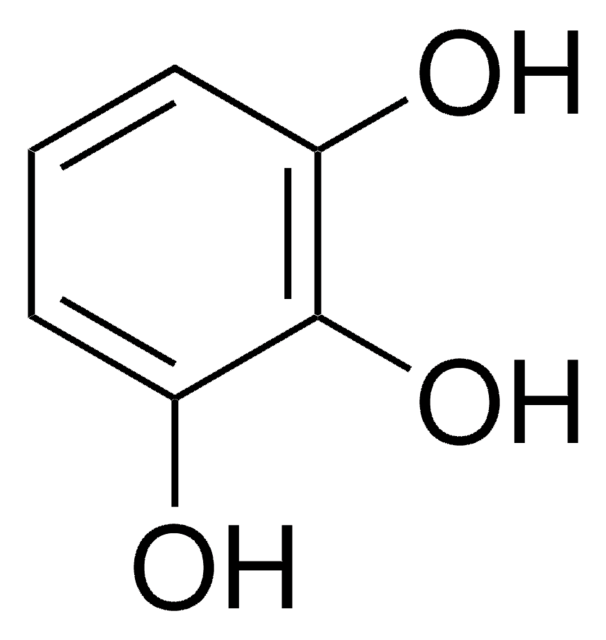16301
D-(+)-Glucose monohydrate
meets analytical specification of Ph. Eur., BP, Ph Franç., 97.5-102.0% anhydrous basis(HPLC)
Synonym(s):
Dextrose monohydrate
About This Item
Recommended Products
Assay
97.5-102.0% anhydrous basis (HPLC)
Quality Level
form
powder
optical activity
[α]20/D +52.5 to +53.3°, c = 10% in H2O (calc. on anhydrous subst.)
quality
meets analytical specification of Ph. Eur., BP, Ph Franç.
impurities
residual solvents, complies
97.5-102.0% anhydrous basis (HPLC)
ign. residue
≤0.1% (as SO4)
color
white
useful pH range
6-7 (20 °C, 100 g/L)
mp
~83 °C (181 °F )
Looking for similar products? Visit Product Comparison Guide
1 of 4
This Item | 49159 | 49161 | 1.08342 |
|---|---|---|---|
| solubility H2O: 10g/5 mL, clear, colorless | solubility H2O: 0.1 g/mL, clear, colorless | solubility - | solubility - |
| Quality Level 200 | Quality Level 200 | Quality Level 200 | Quality Level 200 |
| form powder | form powder | form powder | form solid |
| impurities residual solvents, complies, 97.5-102.0% anhydrous basis (HPLC) | impurities - | impurities - | impurities - |
| cation traces Al: ≤0.5 mg/kg, Ba:, in accordance, Pb: ≤0.5 mg/kg, As: ≤1 mg/kg, Ca: ≤200 mg/kg | cation traces As: ≤0.1 mg/kg, Ca: ≤10 mg/kg, Cd: ≤5 mg/kg, Co: ≤5 mg/kg, Cr: ≤5 mg/kg, Cu: ≤5 mg/kg, Fe: ≤5 mg/kg, K: ≤50 mg/kg, Mg: ≤5 mg/kg, Mn: ≤5 mg/kg, Na: ≤50 mg/kg, Ni: ≤5 mg/kg, Pb: ≤5 mg/kg, Zn: ≤5 mg/kg | cation traces - | cation traces - |
Application
Biochem/physiol Actions
Other Notes
Storage Class Code
11 - Combustible Solids
WGK
WGK 1
Flash Point(F)
Not applicable
Flash Point(C)
Not applicable
Personal Protective Equipment
Choose from one of the most recent versions:
Already Own This Product?
Find documentation for the products that you have recently purchased in the Document Library.
Customers Also Viewed
Our team of scientists has experience in all areas of research including Life Science, Material Science, Chemical Synthesis, Chromatography, Analytical and many others.
Contact Technical Service


